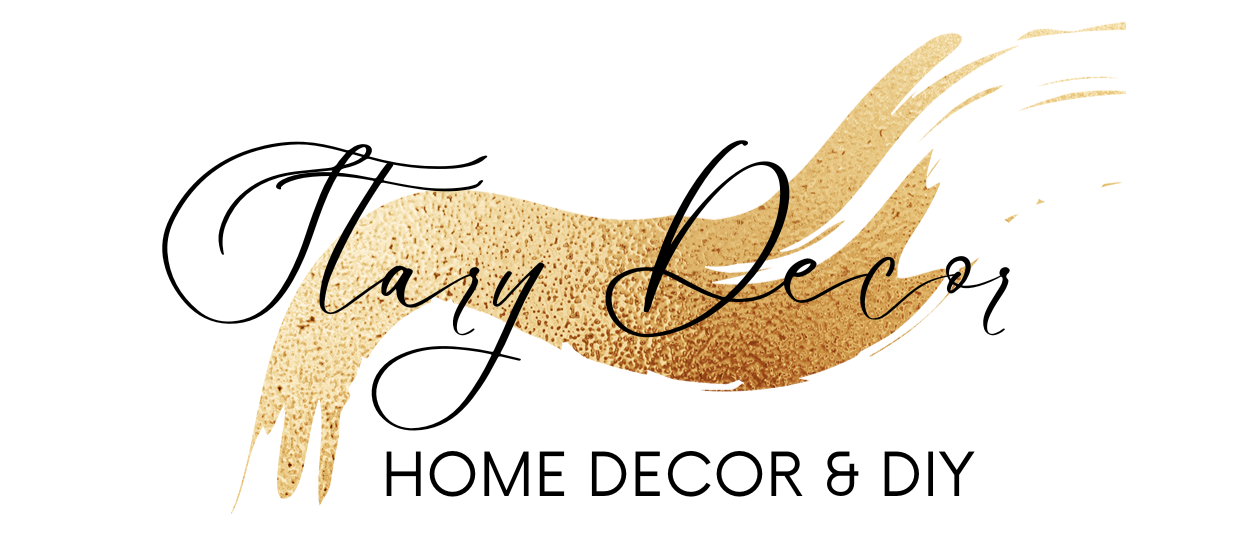Welcome to the world of sitting room ottomans, where style meets comfort and functionality. As a centerpiece of any living room, ottomans offer a versatile and aesthetically pleasing addition that can transform your space. Let’s dive into the enchanting world of ottomans and discover their types, materials, and endless possibilities.
From tufted to pouf and storage ottomans, the variety of designs and shapes will amaze you. Explore the distinct characteristics of each type, along with their unique styles. Dive into the world of materials, where leather, velvet, and cotton take center stage, each with its own set of advantages and considerations.
Ottoman Types and Designs
Ottomans, versatile seating options, come in a range of types and designs, each with unique characteristics. From the plush comfort of tufted ottomans to the casual charm of poufs, there’s an ottoman to complement any decor style.
Let’s explore the different types and their distinctive features:
Tufted Ottomans
- Characterized by rows of decorative buttons or nailhead trim that create a sophisticated look.
- Upholstered in various fabrics, including velvet, linen, and leather, adding a touch of elegance.
- Often have a square or rectangular shape, providing ample seating or footrest space.
Poufs
- Unstructured, beanbag-like ottomans that offer casual comfort.
- Typically made from soft fabrics like cotton, canvas, or leather, creating a relaxed and cozy atmosphere.
- Come in a variety of shapes, from round to square, and can be used as extra seating, a footrest, or even a side table.
Storage Ottomans
- Multi-functional ottomans that provide both seating and storage space.
- Feature a hinged lid or drawers that can be used to store blankets, pillows, toys, or other items.
- Can be upholstered in a variety of materials to match any decor, making them a practical and stylish addition to any room.
Material and Upholstery Options
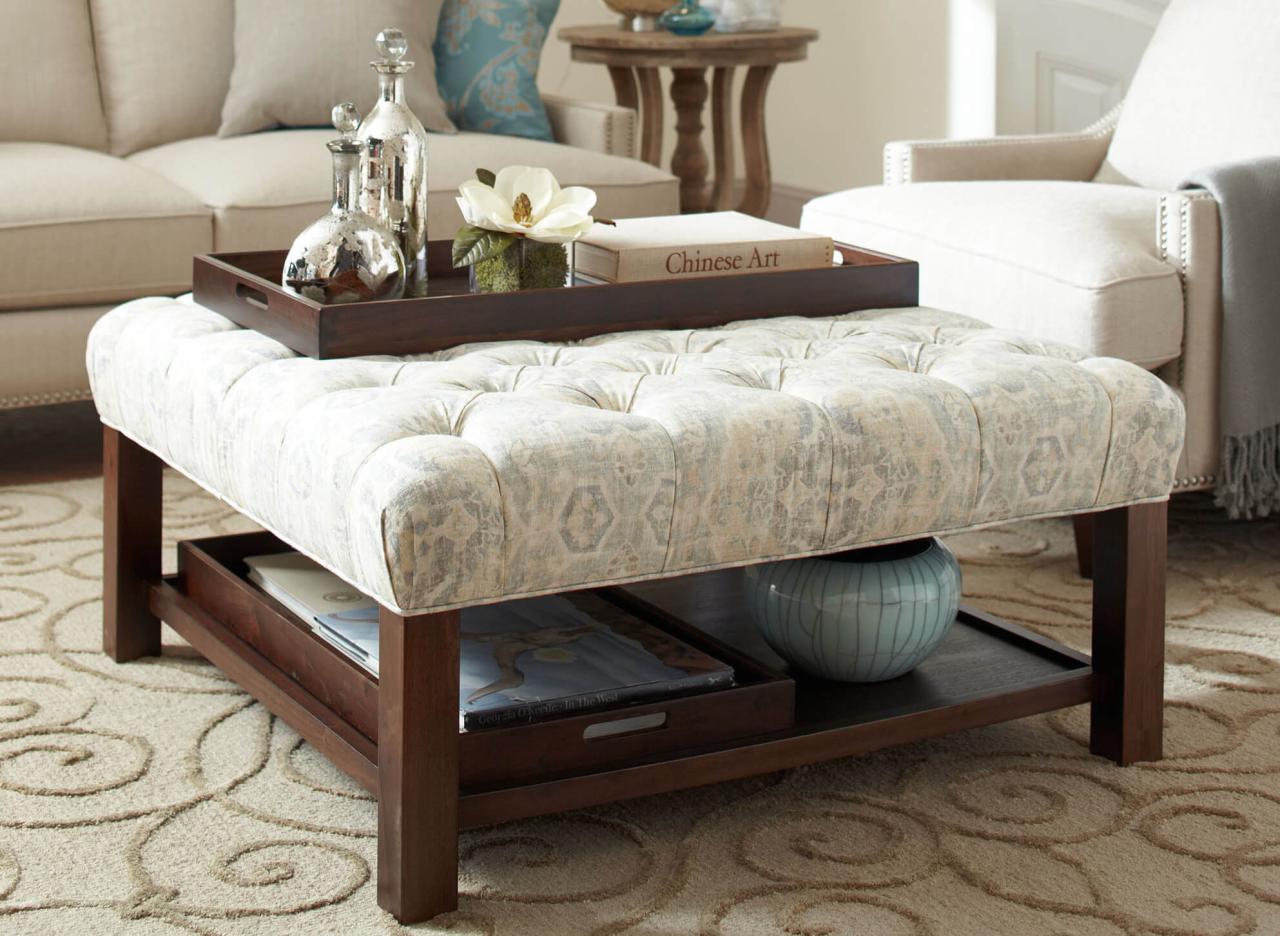
When selecting an ottoman, the material and upholstery options play a crucial role in determining its durability, comfort, and aesthetic appeal. Ottomans can be upholstered in a wide range of materials, each with its own unique characteristics.
Material Options
The most common materials used in ottoman construction include:
- Leather:Leather ottomans are known for their durability, luxurious appearance, and easy maintenance. However, they can be more expensive than other materials.
- Velvet:Velvet ottomans exude a sense of elegance and sophistication. They are soft and comfortable to the touch, but they require more delicate care to prevent stains and damage.
- Cotton:Cotton ottomans are a versatile and affordable option. They are breathable and comfortable, but they may not be as durable as other materials.
- Synthetic fibers:Synthetic fibers such as nylon and polyester are often used in ottoman upholstery because they are durable, stain-resistant, and easy to clean. However, they may not have the same luxurious feel as natural materials.
Upholstery Fabrics
The choice of upholstery fabric further enhances the ottoman’s appearance and comfort. Some popular fabrics include:
- Canvas:Canvas is a durable and versatile fabric that is often used for casual or outdoor ottomans.
- Microfiber:Microfiber is a synthetic fabric that is soft, stain-resistant, and easy to clean. It is a good choice for families with children or pets.
- Linen:Linen is a natural fiber that is known for its breathability and durability. It adds a touch of elegance to any ottoman.
- Silk:Silk is a luxurious and delicate fabric that is best suited for formal or special occasion ottomans.
Comparison Table
The following table compares the durability, comfort, and maintenance requirements of different ottoman materials and upholstery fabrics:| Material/Fabric | Durability | Comfort | Maintenance ||—|—|—|—|| Leather | High | High | Low || Velvet | Medium | High | High || Cotton | Low | Medium | Medium || Synthetic fibers | Medium | Medium | Low || Canvas | High | Medium | Low || Microfiber | High | High | Low || Linen | Medium | High | Medium || Silk | Low | High | High |
Functionality and Uses
Ottomans are versatile pieces of furniture that serve a variety of practical and decorative purposes in interior design. Their primary functions include providing comfortable seating, footrests, and storage solutions.
Beyond these essential functions, ottomans can also be used in creative and unconventional ways. For instance, they can serve as coffee tables, side tables, or even extra beds when guests come over. Some ottomans are specifically designed for specific purposes, such as those with built-in trays or charging stations.
Seating
Ottomans offer comfortable and flexible seating options. They can be used as standalone chairs, as extra seating in a living room or bedroom, or as a footrest for a couch or armchair.
Footrests, Sitting room ottoman
One of the primary uses of ottomans is as footrests. They provide a comfortable place to rest your feet while sitting on a couch or armchair. This helps improve circulation and reduces fatigue.
Storage
Many ottomans have built-in storage compartments, making them ideal for storing blankets, pillows, toys, and other items. This helps keep your living space tidy and organized.
Other Uses
- Coffee tables: Ottomans can be used as coffee tables, providing a sturdy surface for placing drinks, snacks, and books.
- Side tables: Smaller ottomans can be used as side tables, providing a convenient place to keep lamps, books, or other items within reach.
- Extra beds: Some ottomans are designed to convert into extra beds, providing a comfortable sleeping surface for guests.
- Decorative accents: Ottomans can be used as decorative accents, adding a touch of style and color to a room.
Color and Pattern Considerations
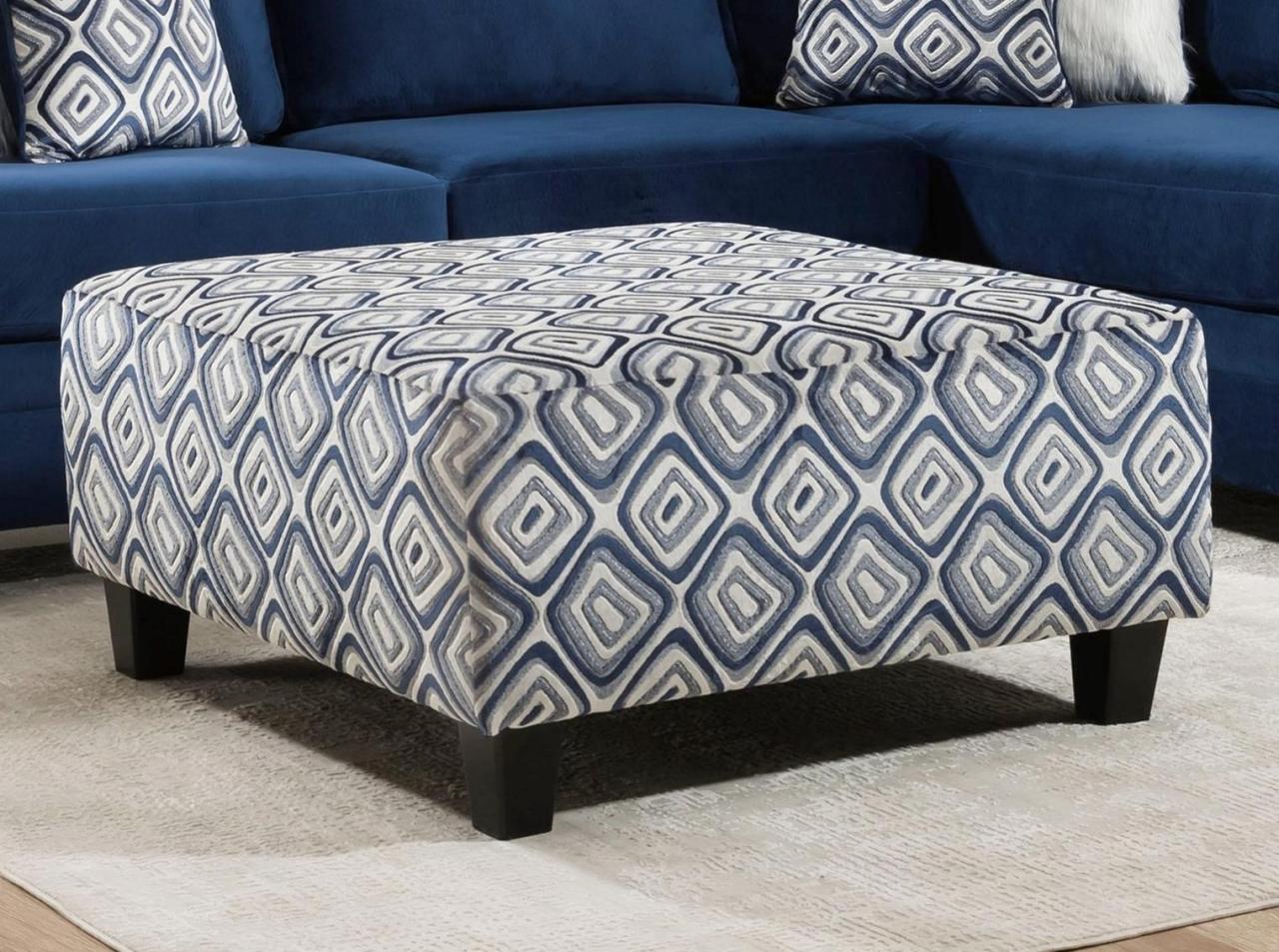
The color and pattern of your ottoman can have a significant impact on the overall aesthetic of your sitting room. Here are a few things to keep in mind when choosing an ottoman color:
First, consider the existing décor of your room. If you have a neutral color scheme, you can add a pop of color with a brightly colored ottoman. If your room is already full of color, you may want to choose a more subdued ottoman color.
Second, think about the style of your room. A traditional room will look best with a classic ottoman color, such as brown or black. A modern room can handle a more contemporary ottoman color, such as white or gray.
Finally, don’t forget to consider the size of your room. A small room will look best with a small ottoman, while a large room can handle a larger ottoman.
Complementary Color Combinations
Here are a few complementary color combinations that you can use to create a stylish sitting room:
- Blue and orange
- Green and pink
- Yellow and purple
- Red and teal
These color combinations are all visually appealing and will create a warm and inviting atmosphere in your sitting room.
Patterned Ottomans
Patterned ottomans can add a touch of personality to your sitting room. If you choose a patterned ottoman, be sure to choose a pattern that complements the existing décor of your room.
Here are a few tips for choosing a patterned ottoman:
- Consider the size of the pattern. A small pattern will look best in a small room, while a large pattern can handle a larger room.
- Think about the colors in the pattern. The colors in the pattern should complement the existing décor of your room.
- Choose a pattern that you love. You’ll be looking at your ottoman every day, so make sure you choose a pattern that you enjoy.
Size and Scale
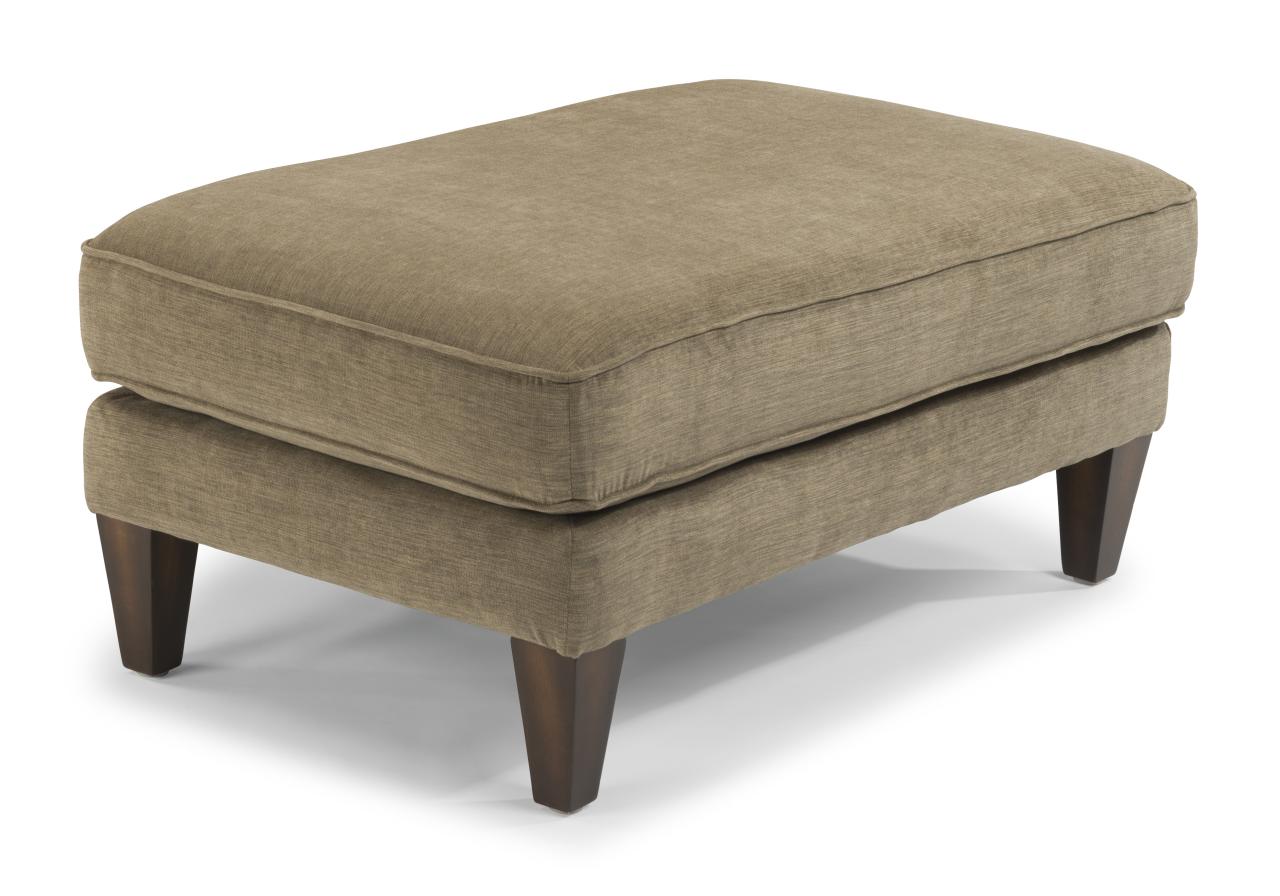
The size and scale of an ottoman can significantly impact the overall balance and flow of a sitting room. Selecting an ottoman that is appropriately sized for the space is crucial to ensure a cohesive and functional design.
Consider the following tips when choosing the size of your ottoman:
Determining Appropriate Size
- Scale to the Room:The ottoman should be proportionate to the size of the room. A small ottoman in a large room can appear lost, while a large ottoman in a small room can overwhelm the space.
- Seating Capacity:Determine the desired seating capacity of the ottoman. If you want it to function as additional seating, choose a size that can comfortably accommodate multiple people.
- Furniture Arrangement:Consider the placement of the ottoman in relation to other furniture. Ensure it provides ample space for movement and doesn’t obstruct the flow of traffic.
Placement and Arrangement
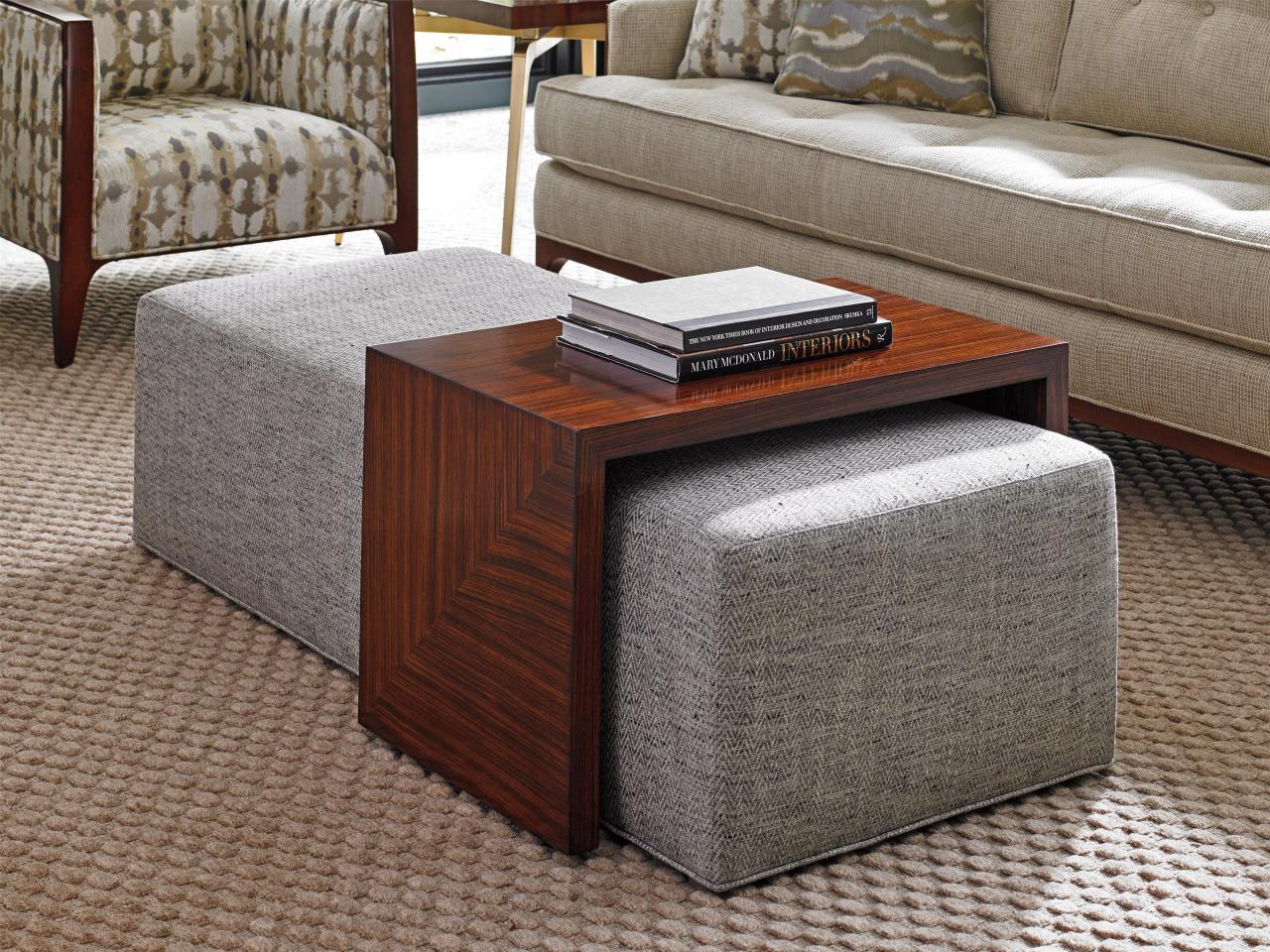
Strategic placement of ottomans in sitting rooms optimizes functionality and enhances aesthetics. Here’s a guide to arranging ottomans for optimal space utilization and stylish appeal:
Conversation Areas
- Create intimate seating clusters by placing two or more ottomans facing each other or around a coffee table.
- Consider circular or kidney-shaped ottomans for flexible seating arrangements that foster conversation and engagement.
Space Definition
- Use ottomans to delineate different functional zones within a sitting room, such as a reading nook or a game area.
- Position ottomans perpendicular to a sofa or chair to create a visual barrier and define the boundary of a specific space.
Functionality Enhancement
- Maximize storage by choosing ottomans with built-in drawers or compartments to store blankets, pillows, or other essentials.
- Add ottomans with trays or tabletops to provide a convenient surface for drinks, snacks, or decorative items.
Creative Arrangements
- Stack two or more ottomans of different sizes and shapes to create a unique and visually appealing centerpiece.
- Use ottomans as footrests, extending the comfort of sofas or chairs and creating a cozy ambiance.
- Consider placing ottomans in unexpected locations, such as under a window or in a corner, to add a touch of whimsy and personality.
Styling and Accessories
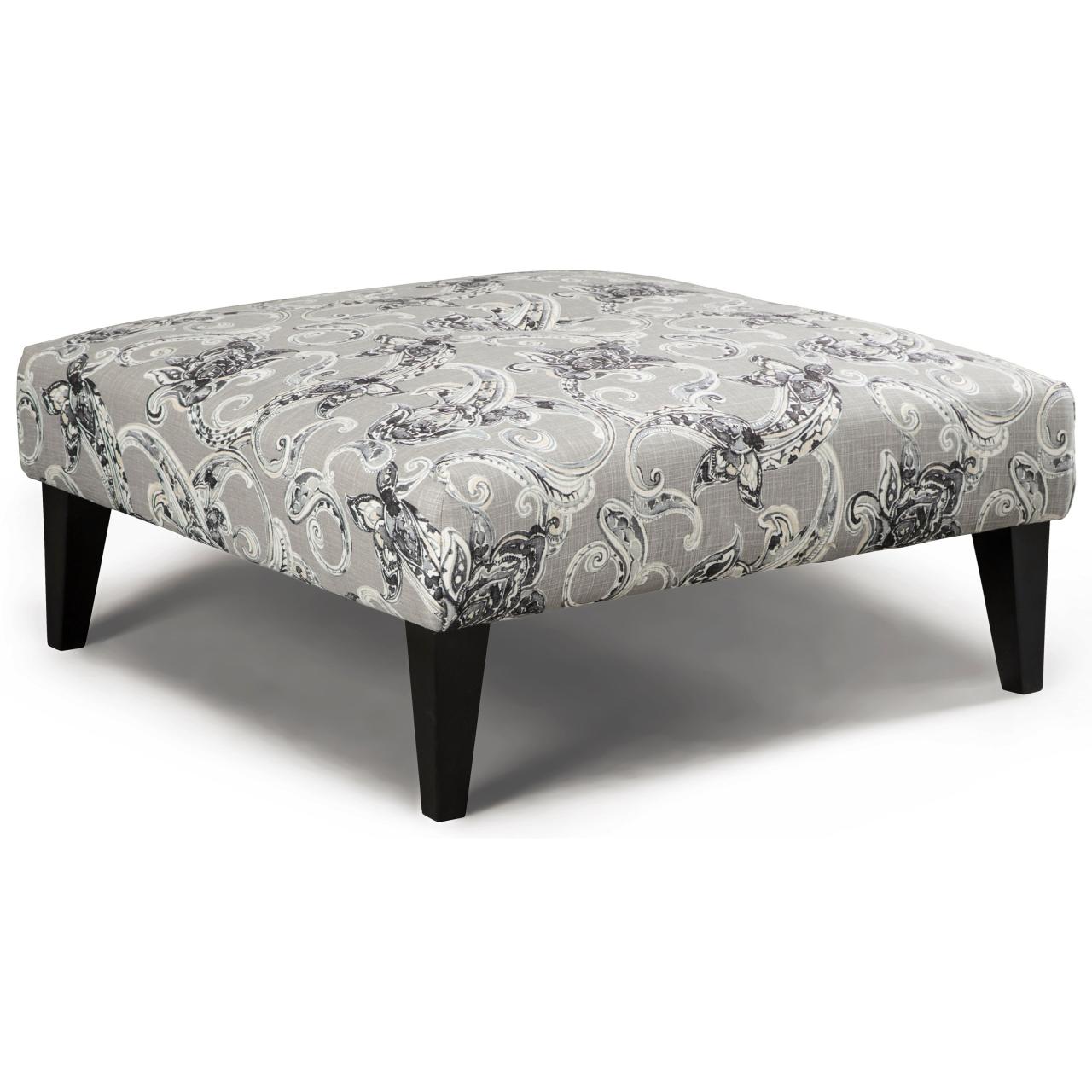
Ottomans are versatile pieces that can be styled in various ways to enhance their functionality and aesthetics. They can serve as a focal point or accent piece, adding a touch of color, texture, and style to a room.
Here are some ideas for styling ottomans with cushions, throws, and other accessories:
Cushions
- Add a pop of color or pattern to your ottoman with decorative cushions.
- Choose cushions in different shapes and sizes to create a visually appealing display.
- Layer cushions of varying textures, such as velvet, linen, or faux fur, to add depth and interest.
Throws
- Drape a throw over your ottoman to add warmth and texture.
- Choose a throw in a complementary color or pattern to your ottoman.
- Fold or bunch the throw casually to create a relaxed and inviting look.
Other Accessories
- Place a tray on your ottoman to hold books, magazines, or remotes.
- Add a small vase of flowers or a scented candle to create a cozy and inviting atmosphere.
- Use your ottoman as a coffee table by placing a tray or coasters on top.
Cleaning and Maintenance
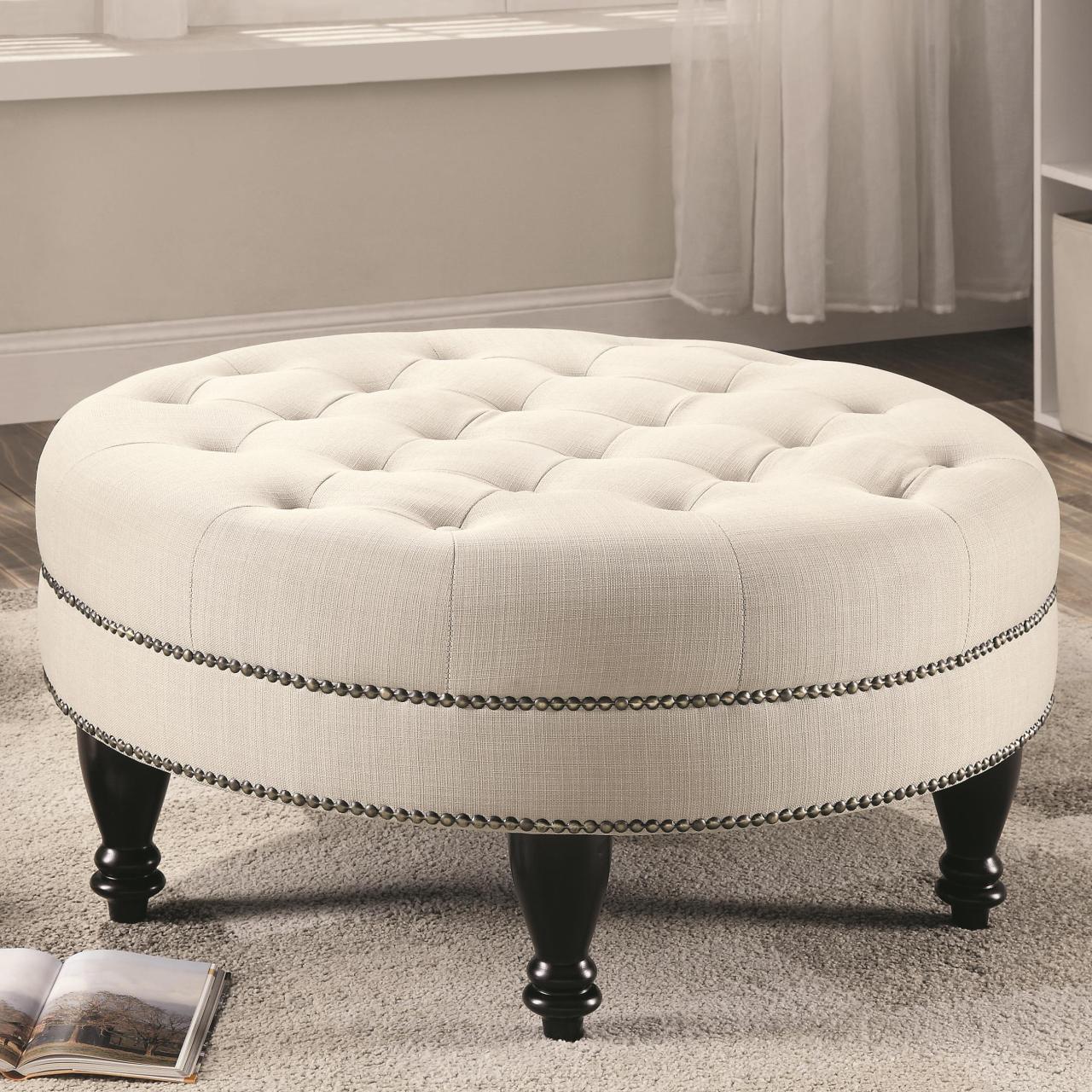
Maintaining the pristine condition of your ottoman is essential for its longevity and aesthetic appeal. Here’s a comprehensive guide to cleaning and maintaining different ottoman materials:
Leather
- Wipe down with a soft, damp cloth to remove dust and dirt.
- Use a leather cleaner specifically designed for ottoman care.
- Apply a leather conditioner to preserve its softness and prevent cracking.
Fabric
- Vacuum regularly to remove dust and debris.
- Spot clean stains with a mild detergent and water solution.
- For deep cleaning, use a professional upholstery cleaner.
Wood
- Wipe with a soft, dry cloth to remove dust.
- Use a wood polish or cleaner to protect the finish.
- Avoid using abrasive cleaners or harsh chemicals.
Tips for Preventing Stains and Preserving Appearance
- Use coasters to prevent spills and stains on the surface.
- Avoid placing ottomans in direct sunlight, as it can fade the upholstery.
- Regular cleaning and maintenance will help extend the lifespan of your ottoman.
DIY and Customization
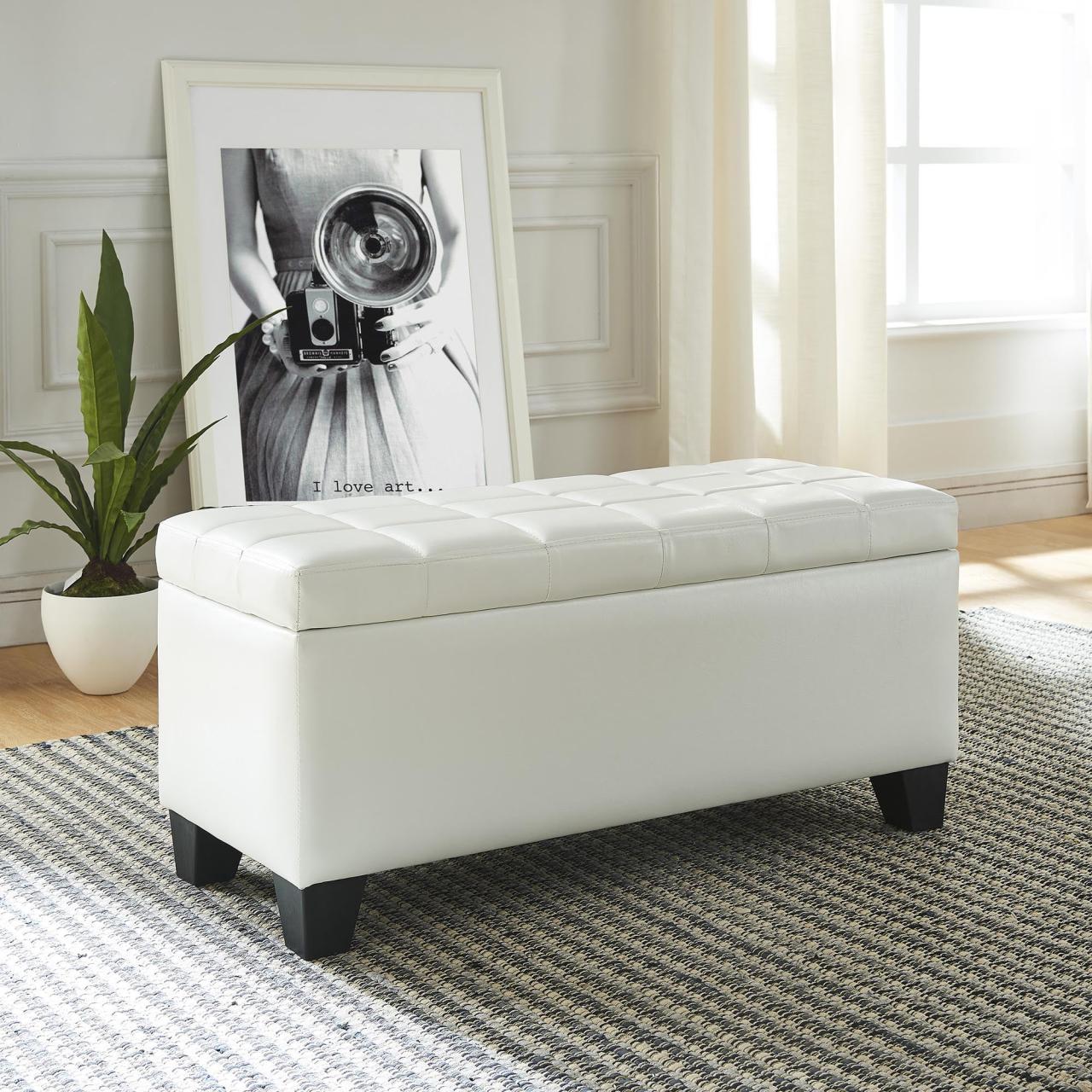
DIY ottoman projects offer a great way to personalize your sitting room and save money. With a few basic tools and materials, you can create a custom ottoman that perfectly matches your style and needs.
Step-by-Step Upholstery Guide
For a simple upholstery project, you will need:
- An ottoman frame
- Fabric
- Foam padding
- Staple gun
- Scissors
- Cut the fabric to size, leaving enough excess to wrap around the edges of the ottoman.
- Apply the foam padding to the ottoman frame, using spray adhesive or staples.
- Wrap the fabric around the ottoman, securing it with staples.
- Trim any excess fabric and enjoy your new ottoman!
Customized Ottoman Examples
Customized ottomans can add a unique touch to your sitting room. Here are a few examples:
- An ottoman upholstered in a bold pattern to create a focal point.
- An ottoman with a built-in storage compartment for extra seating and storage.
- An ottoman with a tufted top for a touch of elegance.
Closing Summary: Sitting Room Ottoman
As we conclude our journey into the realm of sitting room ottomans, we leave you with a treasure trove of knowledge to enhance your living space. Remember, ottomans are not just mere footrests; they are versatile pieces that can elevate your décor, create cozy corners, and provide practical storage solutions.
Embrace the endless possibilities and transform your sitting room into a sanctuary of comfort and style.
